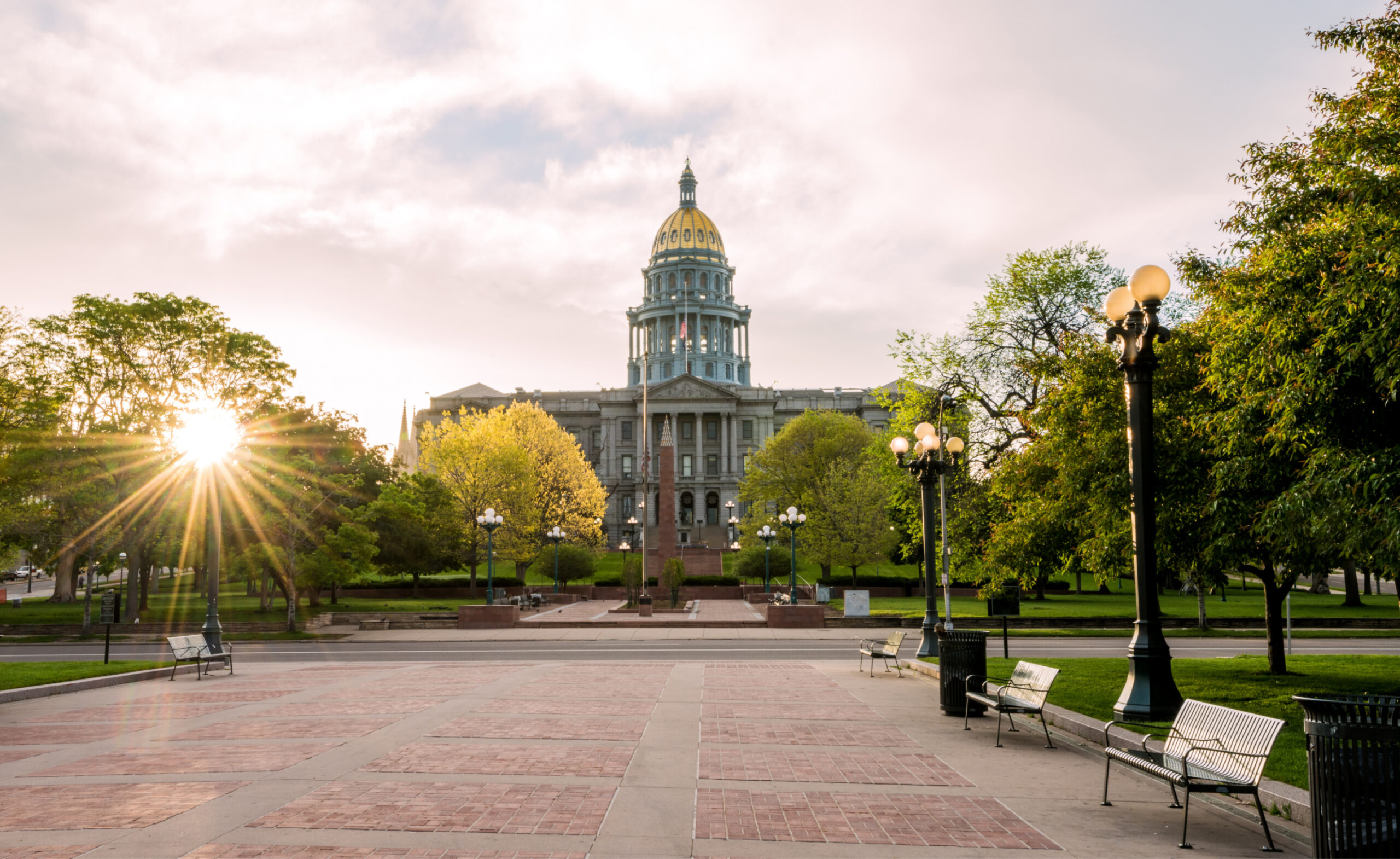Tax Day Shake-Up: One New York County Strikes Unprecedented Deal to Slash Property Taxes and Share Millions in Sales Tax Revenue

In a Tax Day announcement that sent a strong message about bipartisan cooperation and responsible governance, Putnam County Executive Kevin Byrne unveiled a landmark compromise that will see county sales tax revenue shared with local municipalities for the first time in history—while simultaneously enabling the largest property tax cut the county has ever seen.
Standing outside Kent Town Hall, Byrne introduced the agreement as a way to “deliver relief where it matters most,” a plan that keeps the county’s current sales tax rate intact but redistributes a portion—1/9th of the 1% sales tax extension—to the county’s six towns and three villages based on population. Each municipality is guaranteed at least $50,000 annually, and the money must be used for capital projects such as roads, sewer systems, and infrastructure—not payroll or general operations.
“Today we’re taking a bold step forward, together,” Byrne said. “This historic compromise secures much-needed tax relief for residents while enabling us to deliver a record-breaking county property tax cut. It’s a victory for our taxpayers, towns and villages, and for responsible, transparent government.”
The deal comes after Byrne vetoed a proposal by the County Legislature to reduce the sales tax rate by 0.25%, a move that would have cost the county more than $5 million in revenue. Rather than allow that funding to vanish, Byrne worked directly with town supervisors and village mayors—every one of whom ultimately supported the plan—to find a path forward that didn’t jeopardize services or raise property taxes.
The proposal hinges on the State Legislature passing enabling legislation to maintain the county’s 4% sales tax rate, something that typically requires biennial approval in Albany. In a rare show of unity, all local supervisors and mayors signed a joint letter urging state lawmakers to approve the request, setting the stage for formal legislative action.
While Byrne was the architect of the deal, the support from local leaders was critical to its development. Town and village officials, regardless of party, stood together to push for a more equitable system that recognizes the fiscal needs of local governments.
“Our communities deserve better, and this compromise delivers real results,” said Putnam Valley Supervisor Jackie Annabi, who called the process “a model for how government should work.” Kent Supervisor Jaime McGlasson added that the agreement represents fairness and sustainability, noting that her town is set to receive more than $200,000 in new revenue.
Though the numbers vary by municipality, the intent is the same: to provide local leaders with the tools they need to make long-overdue infrastructure improvements without raising taxes on property owners. Carmel Supervisor Mike Cazzari pointed out that for seniors and residents on fixed incomes, property taxes are a constant burden. “They can limit their purchases, and limit how much sales tax they pay,” he said. “But they can’t control their property tax bill. This plan helps us ease that burden.”
The private sector also weighed in, with business owner Gianni Crecco of Mahopac’s Villa Barone Hilltop Manor calling the deal “a game changer.” He noted that development has been stifled for years due to outdated infrastructure in towns without the revenue to fix it. “Without water and sewer, there is no growth,” Crecco said. “This funding makes growth possible.”
Byrne’s office estimates that if sales tax collections hold steady, about $2.44 million will be distributed across the county under the plan. In turn, Byrne announced he will propose cutting the county property tax levy by at least $1 million in the next budget—a move that would mark the largest property tax reduction in county history.
The initiative is not just a local breakthrough—it mirrors a growing national trend. Counties across the U.S. are increasingly turning to sales tax sharing arrangements to reduce their reliance on property taxes and address infrastructure challenges. In New York’s Westchester County, officials recently implemented a share-back program that redistributes sales tax revenue to towns and villages to help fund services and offset local taxes. In Wisconsin, the governor has proposed sending 20% of state sales tax collections to local governments to support essential services like public safety and roads. And in Georgia, counties rely on special-purpose local-option sales taxes (SPLOSTs) to fund capital projects with voter-approved sales taxes.
These efforts reflect a growing understanding that while property taxes remain a core revenue source, they can be regressive and burdensome—especially for homeowners on fixed incomes. Sales tax revenue, when responsibly shared, can create a more flexible and equitable funding model.
The momentum in Putnam County now turns to the County Legislature, which is being urged to reconvene for a special session to formally approve the plan and submit a home-rule request to Albany. “We have an unprecedented opportunity to put partisanship aside and deliver real, lasting tax relief,” Byrne said. “Let’s not waste it.”
RECENT










BE THE FIRST TO KNOW
More Content By
Think American News Staff











